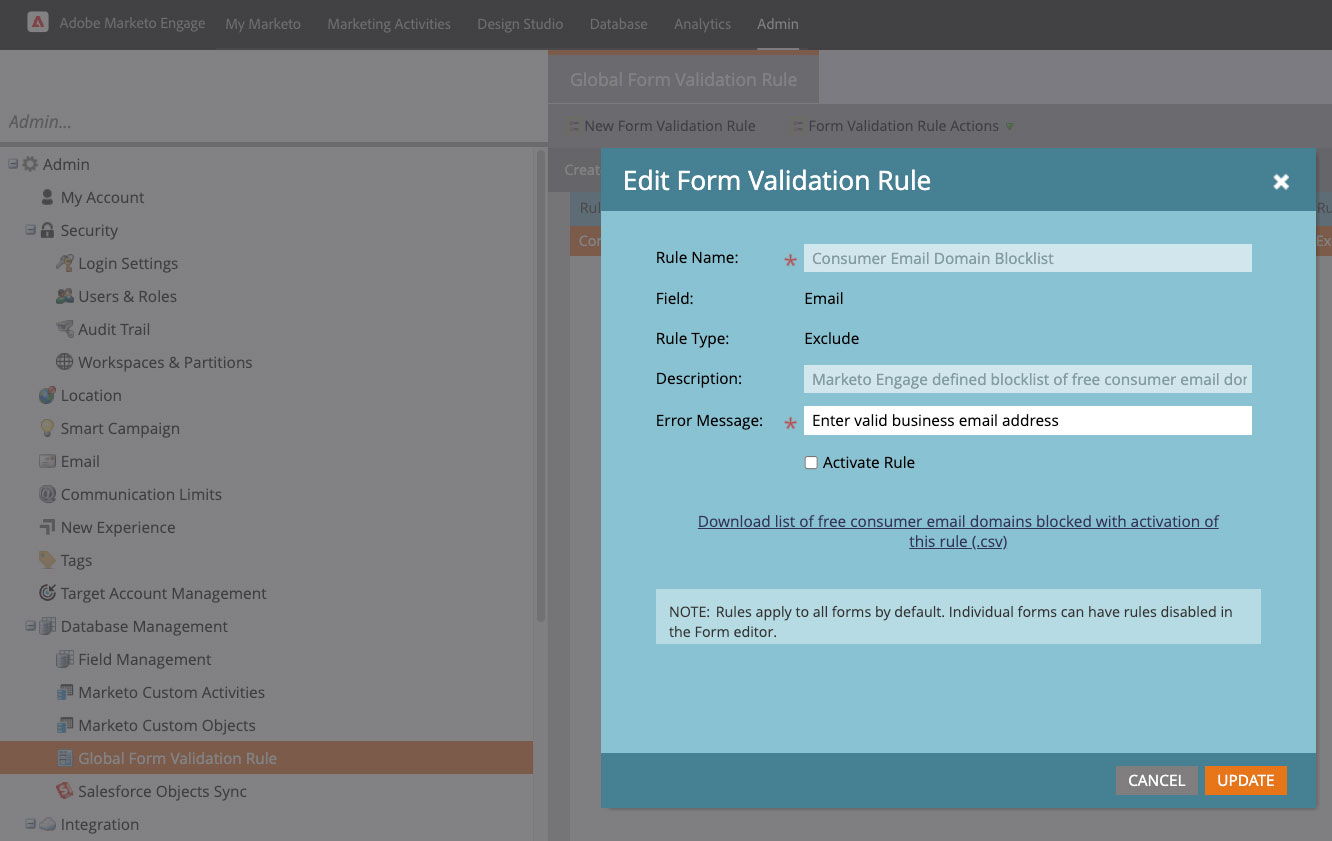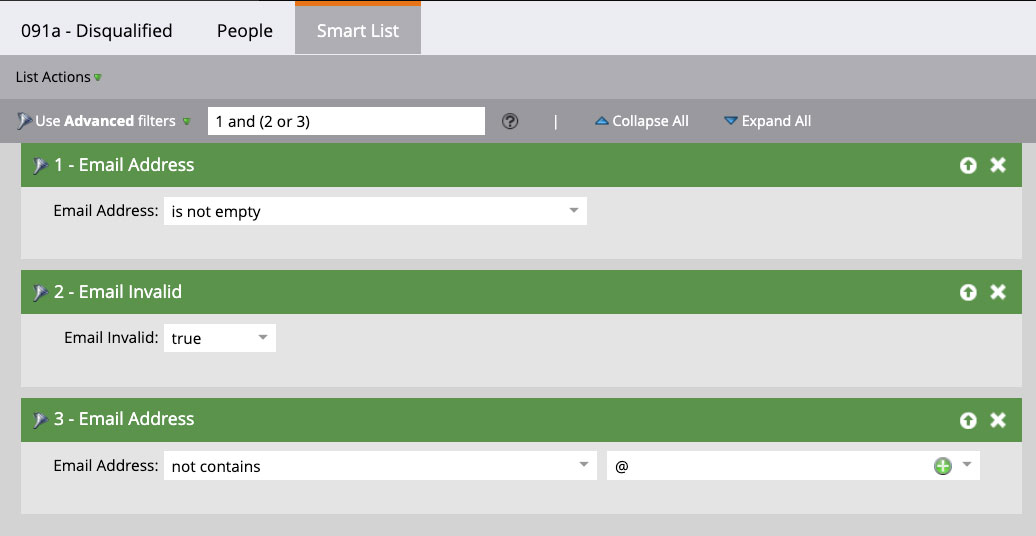Overview
Lead Quality is a goal for any organization in order to maximize return on investment. Marketing is typically responsible for managing and optimizing the quality of leads for the business. Lead quality can be addressed and managed in marketing automation platforms such as Adobe Marketo Engage, leveraging a variety of operational frameworks and features.
Measure of Probability
Lead quality refers to the nature of people and/or companies that are interested in what a business has to offer, primarily their likelihood of becoming a paying customer. In order to assess this likelihood, the condition of the data available for these entities will come into play, so this factor can also contribute to lead quality.
Quality Leads Result in Revenue
Like many business decisions, lead quality initiatives are driven primarily by financial impact concerns. Companies want to prioritize the leads they focus on in order to maximize the revenue returned. Following up with leads that will never buy wastes the sales team’s time. It takes away from their ability to work leads who would buy and risks losing those potential revenue dollars.
Even if companies successfully sort and prioritize leads in their database so sales can follow up on the best leads, there is a cost to retaining data on low-quality leads. Many marketing automation platforms charge by database size, so technology contract costs can be inflated by records that offer very little value. A database full of low-quality leads can also have an impact on platform speed and the time for automated processing to complete.
Poor data quality within lead information itself can hinder audience targeting and lead management. Marketo Engage data points such as person/company field values and activities are critical to lead processing, and incorrect or missing data will cause a person to be skipped or misprocessed. This causes any lead prioritization efforts to be unreliable, degrading trust and collaboration between marketing and sales.
Prevention and Reaction
Starting lead quality efforts as soon as possible is ideal. It can be more challenging (but not impossible) to sort out the low-quality leads later. Businesses that are struggling with high initial lead volume but significant dropoff along the buyer’s journey will likely find lead quality initiatives to be even more of a priority within their organization.
Supporting Lead Quality in Marketo Engage
There are many things that can be done in Marketo Engage to reduce and deprioritize database records that are not useful. Marketo Engage offers global form validation rules to block particular email domains from submitting forms. This can be useful to prevent low-quality lead data from entering the database in the first place. Out of the box, Marketo has a preconfigured rule to block free consumer email domains that can be quickly implemented to require that leads provide their business email address. Users can choose to create their own customized rule instead.

A comprehensive lead source operational framework allows the team to determine which sources are providing quality leads versus which are not, allowing the team to optimize their campaign budget and reduce the intake of low-quality leads.
Database cleanup efforts to delete records that are no longer useful can address low-quality leads that are already in Marketo Engage. These candidates for removal can be flagged in part through automated processing, such as within a lifecycle program that marks records as “disqualified” based on criteria identifying records that cannot or will not ever become a paying customer – such as those outside the regions the company can do business in.

Speaking of lifecycle, lead funnel reports can bring to light issues with leads being able to move through the funnel. In particular, the percentage of marketing qualified leads that are accepted by sales will highlight whether the leads that are being passed on are considered to be of high enough quality. This may indicate that changes to the lifecycle program need to be made, and/or missing or incorrect data needs to be amended.
Increasing the quality of data available on lead records is possible through a variety of means. Lead enrichment can be achieved through webhook calls to vendors that fill in data gaps and possibly update old data points. Data standardization to consolidate the values representing the same thing can make data points more useful for qualifying and following up with leads.
By connecting Marketo Engage to Adobe Real-Time CDP B2B Edition, predictive lead scoring and account scoring models automate the process to determine likelihood to buy. This can save the time and effort that would have been needed to conduct ongoing manual analysis to identify relevant factors and to set up and adjust the operational framework in Marketo Engage.
Partnering on Lead Quality
Marketing and sales should work together to identify what constitutes a quality lead. This criteria should be data-driven, leveraging real information about closed-won and closed-lost opportunities to identify traits that are likely to be an indicator. However, it should also take into consideration the strategic target markets of the organization.
Marketing operations should then implement technical aspects to support this definition in Marketo Engage, such as operational programs, admin settings and periodic cleanup tasks.
Conclusion
While lead quality is a common challenge for organizations, there are many steps they can take to maximize it. By leveraging readily available Marketo Engage features and functions, marketing operations teams are poised to support the identification of high-quality leads for the sales team to convert to revenue.







